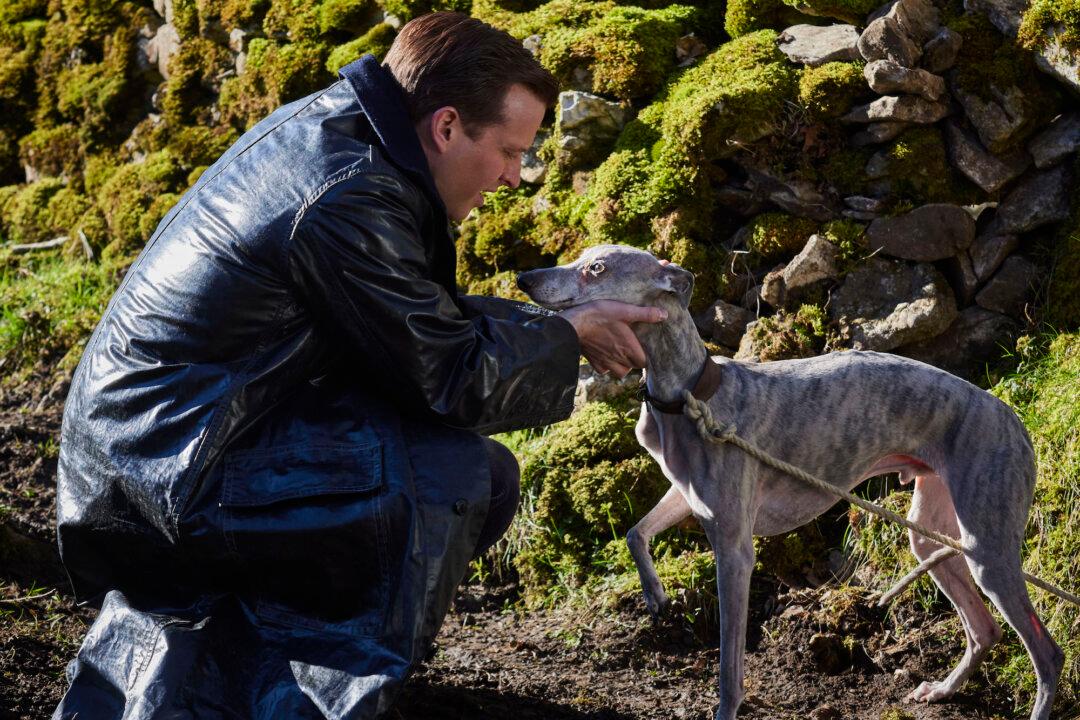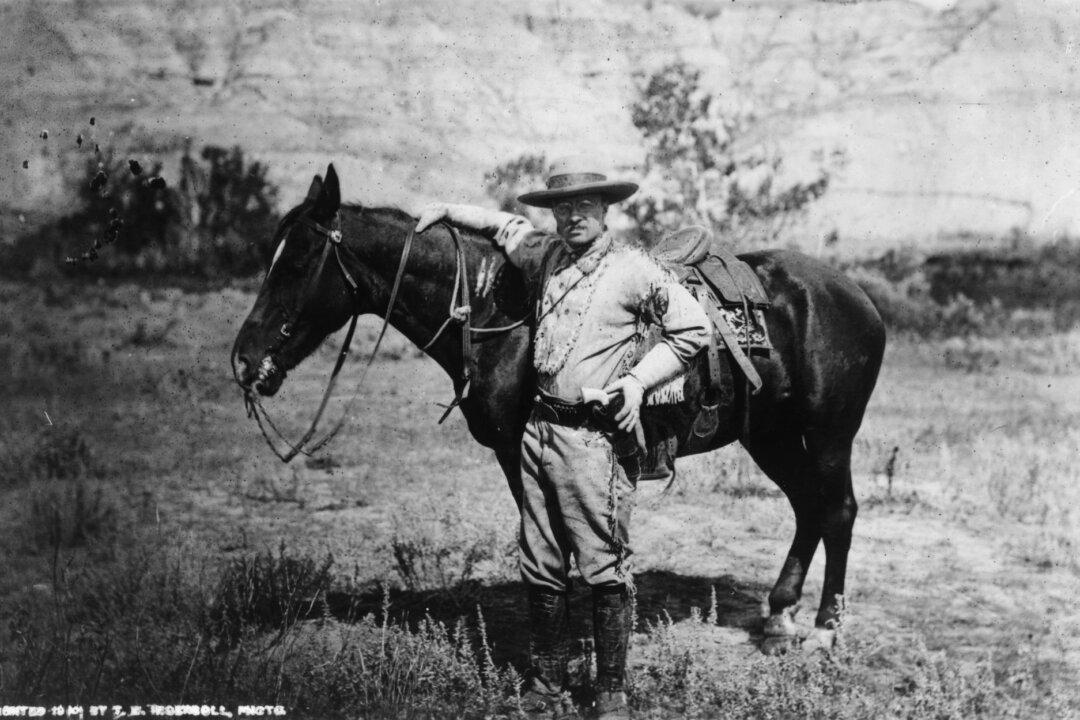The recent remake of the television series “All Creatures Great and Small,” made by the BBC and broadcast on PBS, has rekindled in me an interest in the books of James Herriot, veterinary surgeon.
First, about the series: One of the most clean, uplifting, and positive series I have seen on PBS, “All Creatures Great and Small” features the veterinarian James Herriot, his wife, Helen (a farmer’s daughter), and his veterinary colleagues Siegfried Farnon and Tristan Farnon.





